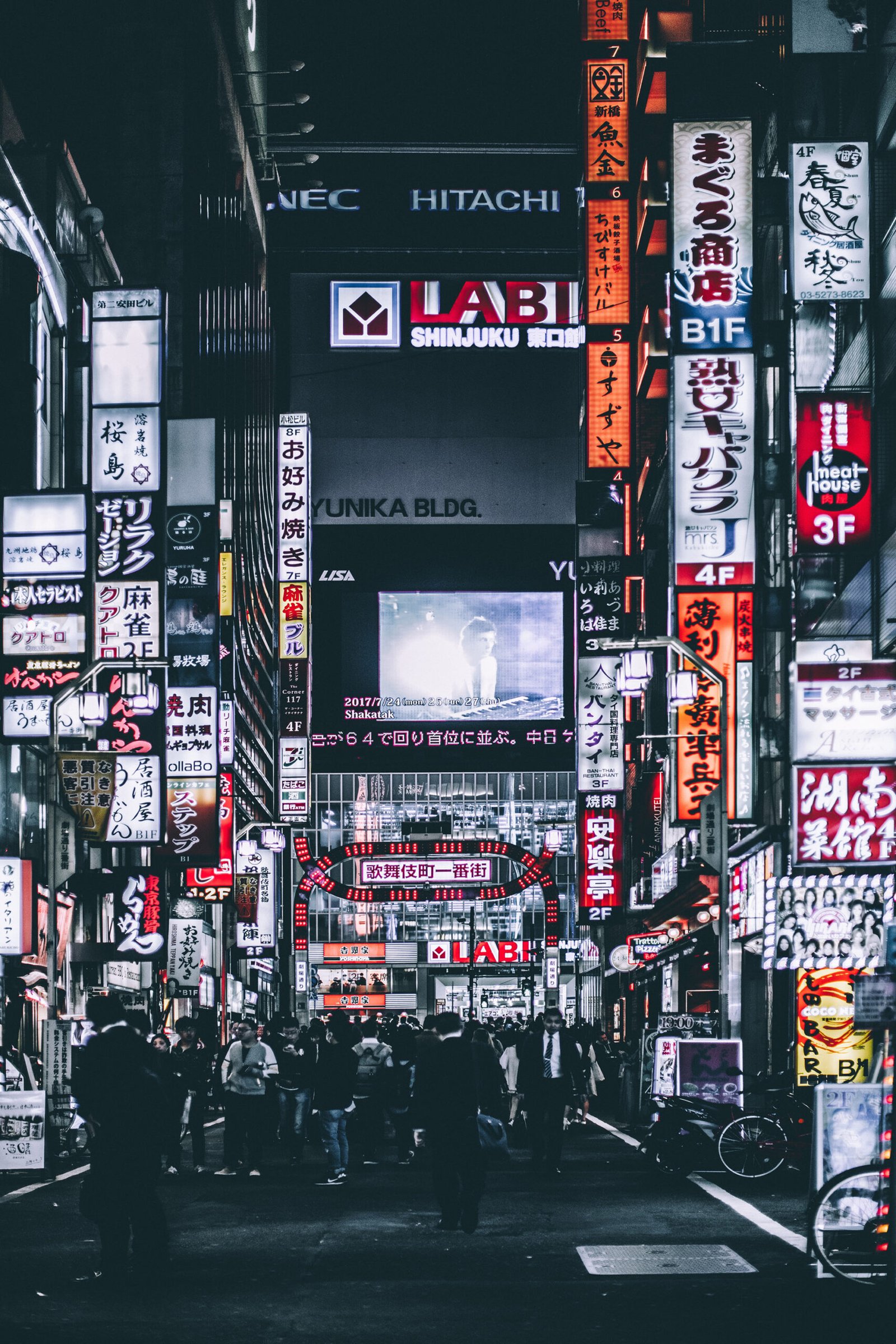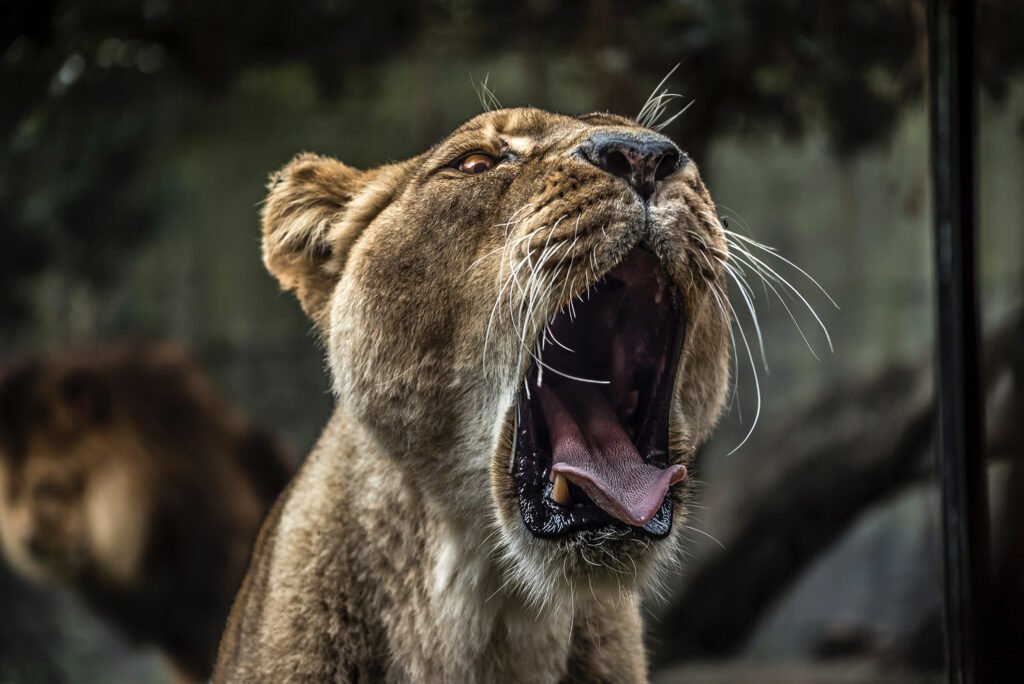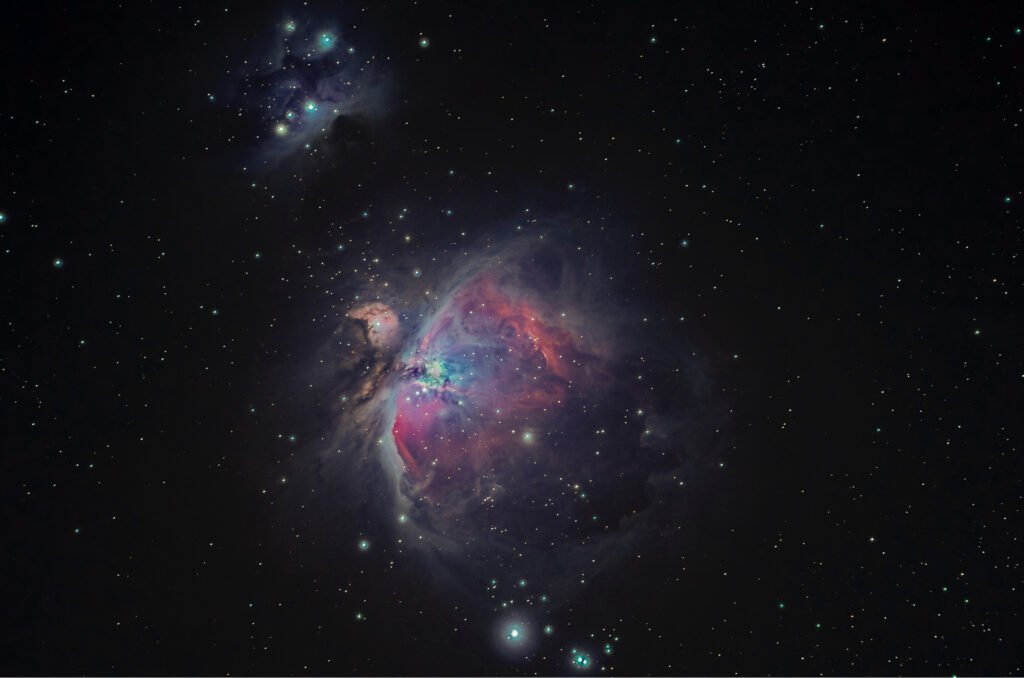Interview Patrick Kasingsing
Images Andre Benz, Lachlan Dempsey,
Bryan Goff, Simone Hutsch and Brooke Lark


Hello! Kindly introduce yourself.
I’m Annie Spratt, contributor and community manager at Unsplash since January 2016. Part of the Unsplash team works remotely, and I am one of them—based in the United Kingdom (though I do visit and work with the rest of the team in Montréal, Canada a few times each year which is always nice!). My daily responsibilities include curating the photos submitted to Unsplash, handling support inquiries, talking with contributors and users, and working on special projects
within the community.
How did Unsplash come about? Was there a particular need in the stock photography industry that led to its conception?
Unlike most big photography sites, Unsplash didn’t begin as a startup with heady ambitions — it started as a Tumblr account with a simple premise: 10 new curated photos every 10 days, but with one super-special secret ingredient: every photo was 100% free to use.
Whilst starting out with our one-time parent company, Crew, which has since been acquired by Dribble, we found that finding good stock photos was a problem. Stock photos are generally cheesy and slightly cringe-worthy—certainly not the brand message that we wanted to portray to the world. We hired a local photographer to shoot a set of photos for us, and the photos that were left over we gave away on that Tumblr blog.
As it turns out, giving people the freedom to use beautiful photos for whatever they wanted was a great way to make those photos spread like wildfire. Unsplash is a humble side-project that happened at the right time, fixing an issue that it turns out many people were having: sourcing decent free imagery.


Photography by Andre Benz 

Photography by Simone Hutsch
“The mark of a great photo is one that makes you gasp when you see it, or leaves one wondering more about the photo, the story behind it, how they took it, or the creative process behind it.”
How do you curate your photos? What makes a photo Unsplash-worthy?
One of the big differences between Unsplash and other free photo websites is that every single photo is reviewed by either myself or my fellow community manager Andrew Neel, who perform a number of checks on them before curating the best of those submitted photos to the New Feed and search function of the site. With an average of 1,200 photos submitted daily, the curation process normally takes around four hours every day. I personally feel that the mark of a great photo is one that makes you gasp when you see it, or leaves one wondering more about the photo, the story behind it, how they took it, or the creative process behind it.
From a small collective, Unsplash has grown to become a global community of photographers. How do you feel about that, and what steps are your team taking to evolve?
Our team has always been relatively small, especially compared to some other companies and I’m really proud how we’ve handled our growth. From the number of accounts created and photos submitted to how we serve the photos to billions of people visiting Unsplash, to our free to use API. There’s been a lot of logistical factors to consider not only as we grow but as we look ahead to future growth too. One of the co-founders of Unsplash, Luke Chesser, wrote a really insightful article about scaling Unsplash with a small team which you can read here.




Let’s backtrack a bit. Tell us about your name. Why Unsplash?
Unsplash comes from an old school term: splash pages (the first landing or welcome page that you see when you visit a site). They usually had big background images.
Unsplash is a product of open global collaboration. How are you making sure that the community keeps growing and is being rewarded for their generosity?
We try to connect as much as possible with our community and we believe that personal connections are key. We send personal emails to contributors, mail people handwritten postcards, and celebrate photo milestones with them. We have offline events for people who want to meet up and connect with fellow Unsplashers in ‘real life’ and have a number of Ambassadors helping us make this happen. From time to time, we partner with brands on special projects which leads to some members of our community being paid for freelance work.
Any future plans you can share with us?
A mobile app is in the pipeline. This is something that I’m very much looking forward to! •


Gorgeous imagery, forever free at unsplash.com
*Originally published in Kanto No. 4, 2017. Edits were made to update the article.

